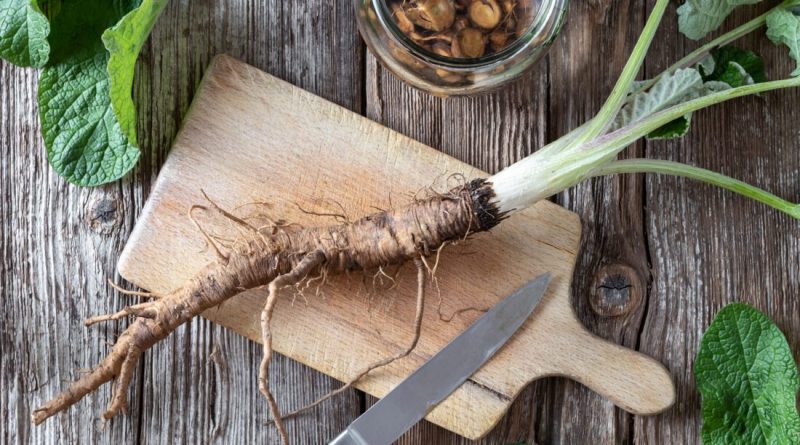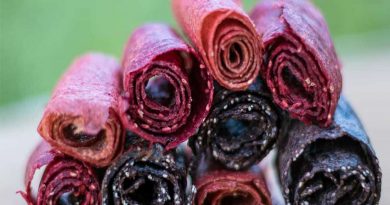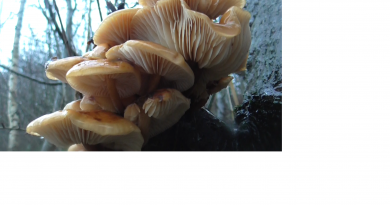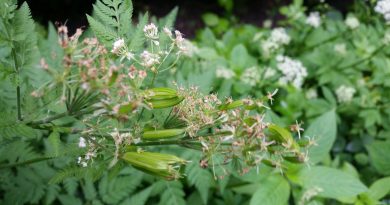Burdock root
(Arctium lappa)
The Burdock plant is a biennial plant native to Europe and northern Asia and has been used in China as a medicinal medicine and a food vegetable called niúbàng (牛蒡). It’s been used for hundreds of years. It grows to about 70 cm long with large leaves that resemble the shape of the heart.
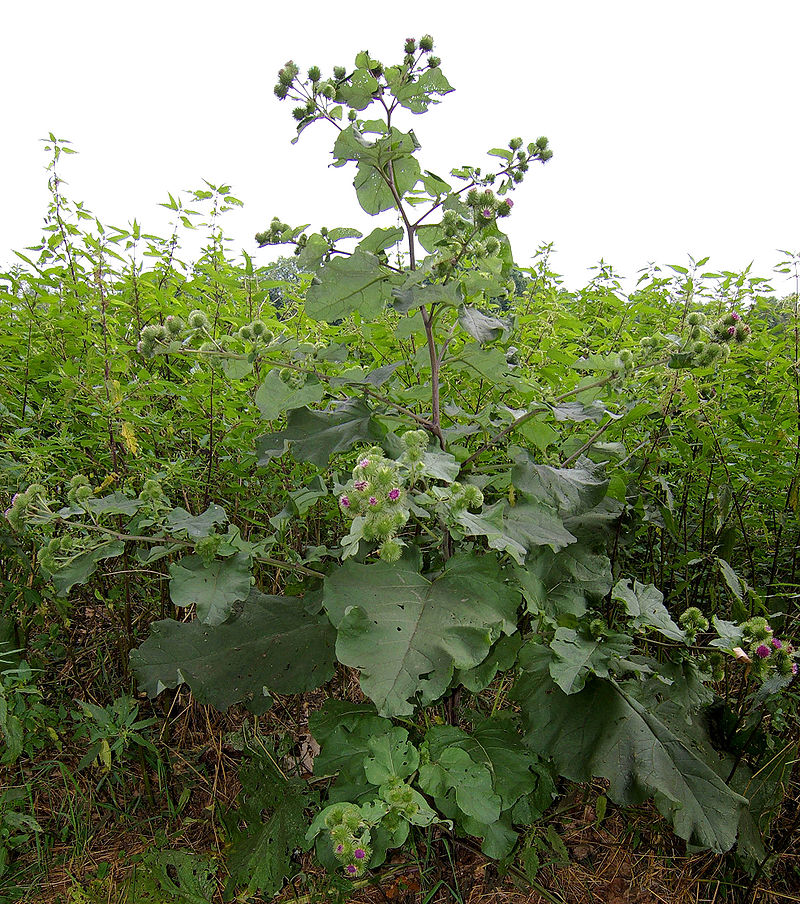
By Christian Fischer, CC BY-SA 3.0,
The root can be boiled, fried and also made as a tea with it. The leaves are edible to but taste very bitter and almost unpalatable.
| Nutritional value per 100 g (3.5 oz) | |
|---|---|
| Energy | 302 kJ (72 kcal) |
| Carbohydrates | 17.34 g |
| Sugars | 2.9 |
| Dietary fiber | 3.3 g |
| Fat | 0.15 g |
| Protein | 1.53 g |
| Vitamins | Quantity%DV† |
| Thiamine (B1) | 1%0.01 mg |
| Riboflavin (B2) | 3%0.03 mg |
| Niacin (B3) | 2%0.3 mg |
| Pantothenic acid (B5) | 6%0.321 mg |
| Vitamin B6 | 18%0.24 mg |
| Folate (B9) | 6%23 μg |
| Vitamin C | 4%3 mg |
| Vitamin E | 3%0.38 mg |
| Vitamin K | 2%1.6 μg |
| Minerals | Quantity%DV† |
| Calcium | 4%41 mg |
| Iron | 6%0.8 mg |
| Magnesium | 11%38 mg |
| Manganese | 11%0.232 mg |
| Phosphorus | 7%51 mg |
| Potassium | 7%308 mg |
| Sodium | 0%5 mg |
| Zinc | 3%0.33 mg |
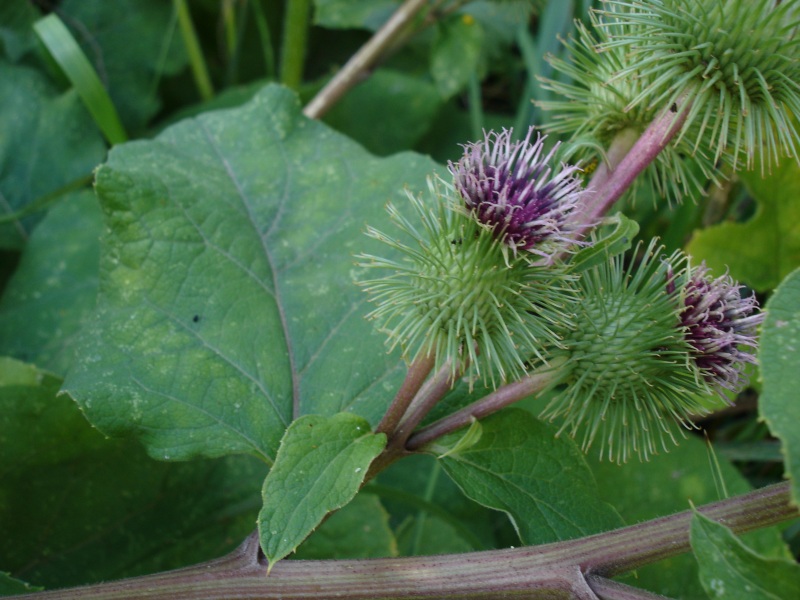
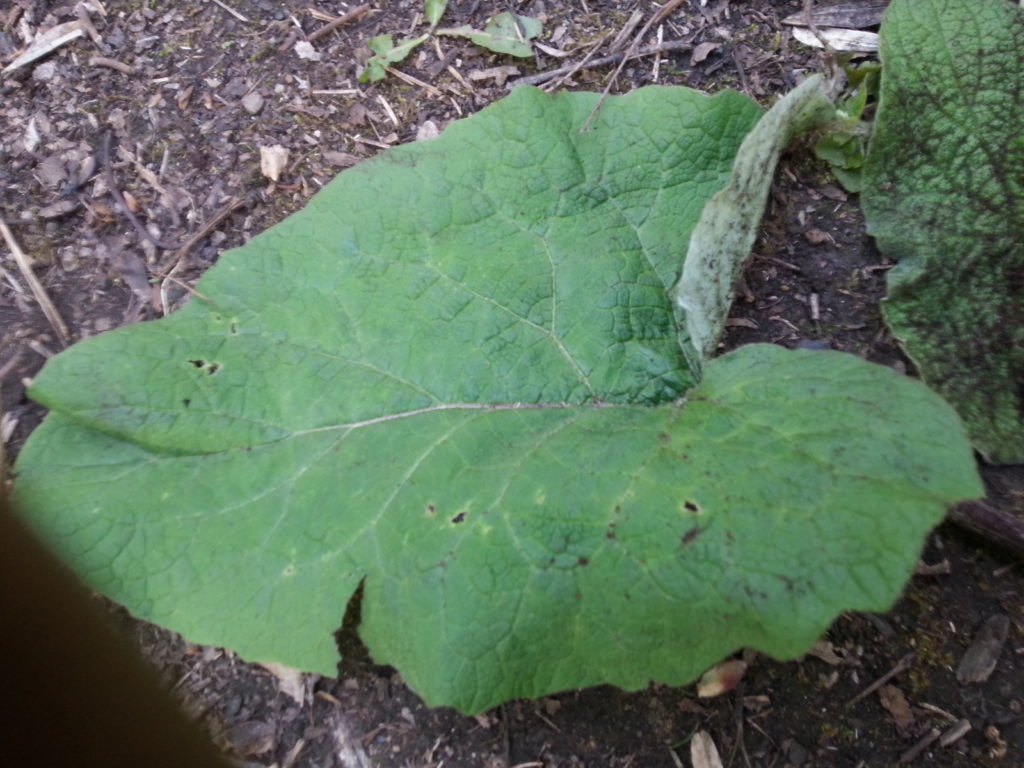
The burdock root has many medicinal uses and you can find out exactly what they are in the video below.
Donations are welcome by clicking the paypal link below

